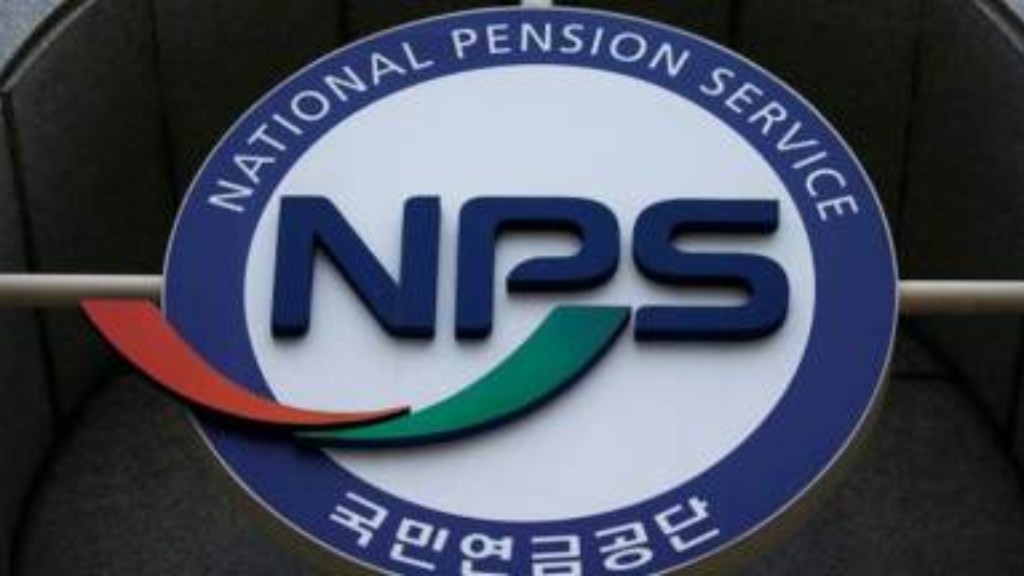The National Pension System (NPS) will step up outreach to corporates and the unorganised sector in rural areas to widen the coverage of the retirement benefit net, the Pension Fund Regulatory and Development Authority (PFRDA) chairman Deepak Mohanty said. The regulator is also reviewing regulations and reducing the compliance burden on the intermediaries, he told Prasanta Sahu in an interview. Edited excerpts.
How was the NPS performance in FY23?
The Atal Pension Yojana (APY) added 11.9 million subscribers in FY23 compared with 9.9 million in FY22. The non-government sector (corporate and citizens other than APY) also crossed a landmark of 1 million new subscribers in FY23 compared to 0.975 million in the previous year. On APY, one has to appreciate that the achievement is on a high base as more than 50 million have been on-boarded so far.
Normally, we see a surge in new subscriptions during the last quarter of a financial year. There was some change in tax provisions in the new income tax regime (nil tax for income up to Rs 7,00,000 sans exemptions and deductions), which has impacted the drive as there are many who largely join for tax benefit, particularly the youngsters. But, this is only temporary
What are the targets for FY24?
We hope to enrol around 13 million on the APY side in FY24. In the non-government sector, we will try to enroll 1.3 million new subscribers. These are indicative numbers, we could also exceed given the potential that we have. In terms of assets under management (AUM), NPS has crossed Rs 9.17 trillion as on April 22 and we will be crossing Rs 10 trillion by the end of the second quarter of FY24.
What is the strategy to enrol more people under NPS?
Formal salary jobs are relatively less in our country. Even in the formal sector, NPS onboarding is quite large. But the take-up rate with the employees is relatively low because they’re given an option. So, obviously, the focus area would be to create more awareness among employees on NPS. We are planning to scale up engagement with the human resource department of large corporates and industry bodies.
In the rural sector, agriculture workers’ income is lumpy, and they don’t get regular income. So NPS is a suitable product for them because they don’t have to put regular savings into that, only once a year contribution is required and the minimum contribution is Rs 1,000. We are also trying to onboard Regional Rural Banks, which are important intermediaries in rural areas to offer APY and other NPS schemes.
What are the new initiatives being taken by PFRDA?
As announced in the finance minister’s Budget speech, regulators are reviewing regulations and reducing the compliance burden on the intermediaries and on the whole ecosystem. We are also making a comprehensive review of regulation and we have also set up a committee under the chairmanship of the former chief of the Insolvency and Bankruptcy Board of India MS Sahoo to look into this issue. Secondly, we are planning to put in the public domain a statistical handbook, which will give cross-section and time-series data on various aspects of pension and this will be available on our website. The NPS equity scheme has given close to a 12% average annual return since inception, 9.4% by the Central government scheme and 9.25% by the State government scheme. These are quite good returns compared to similar products. People would have information on this through the time series data and so they can make an informed judgment on joining NPS.


